Creating a bee-friendly garden is not only beneficial for bees and other pollinators but also for your garden’s overall health and productivity. Bees play a crucial role in pollinating plants, which is essential for fruit and vegetable production. In this guide, we’ll share practical tips for attracting bees and other pollinators to your garden, making it a welcoming haven for these beneficial creatures.
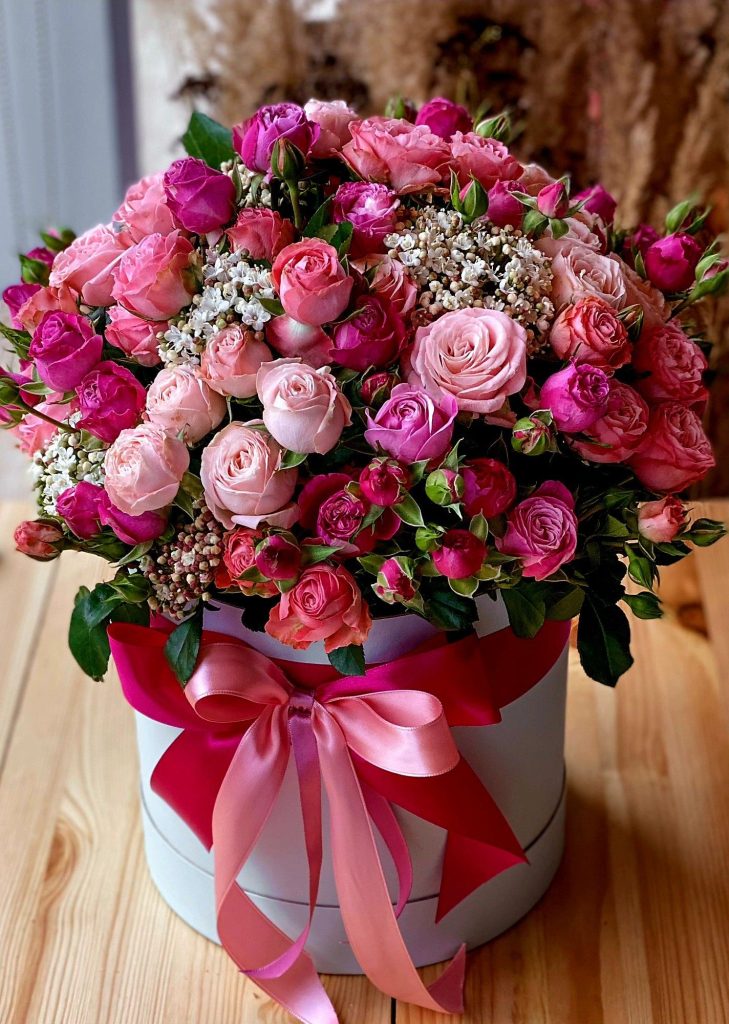
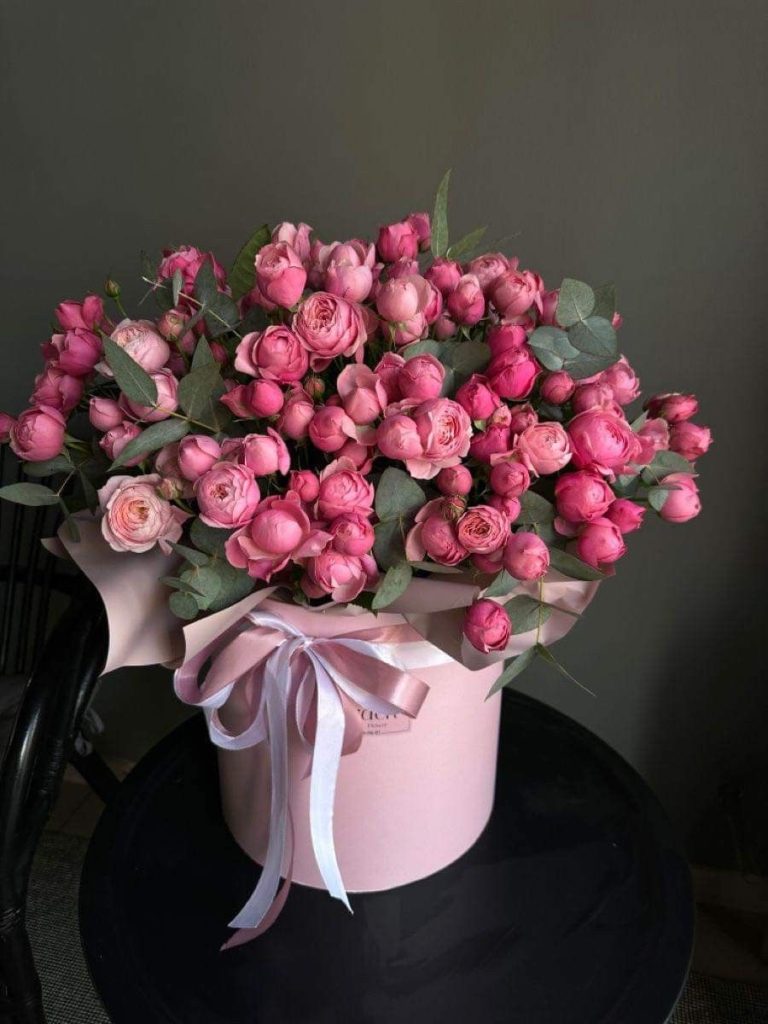
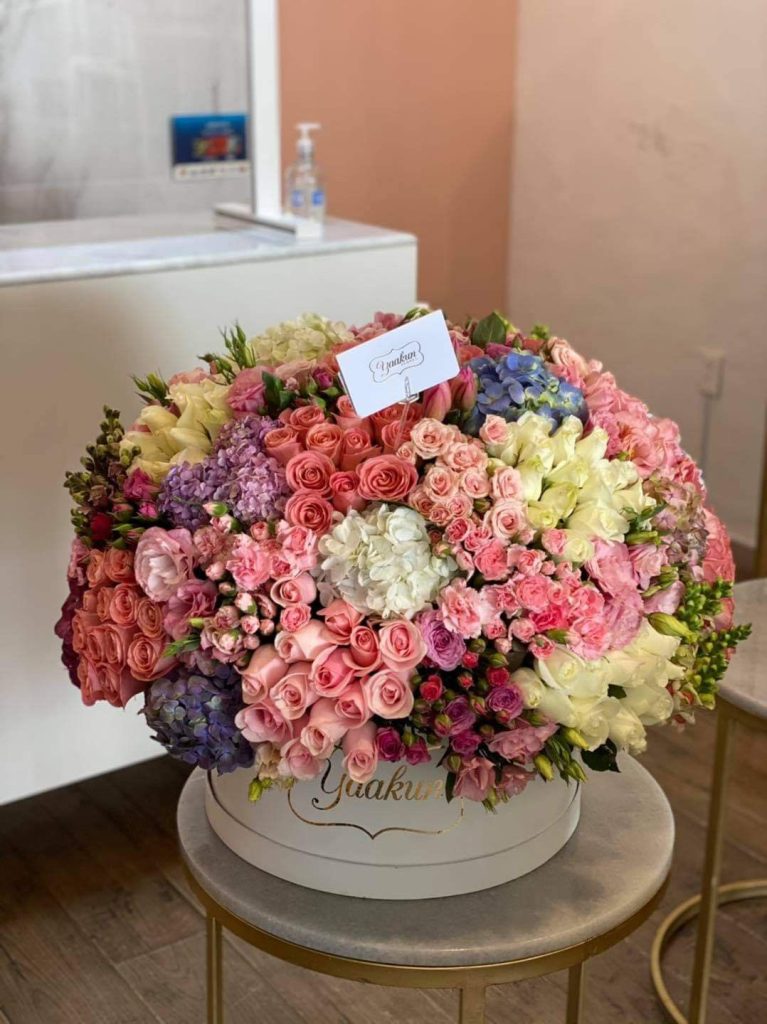
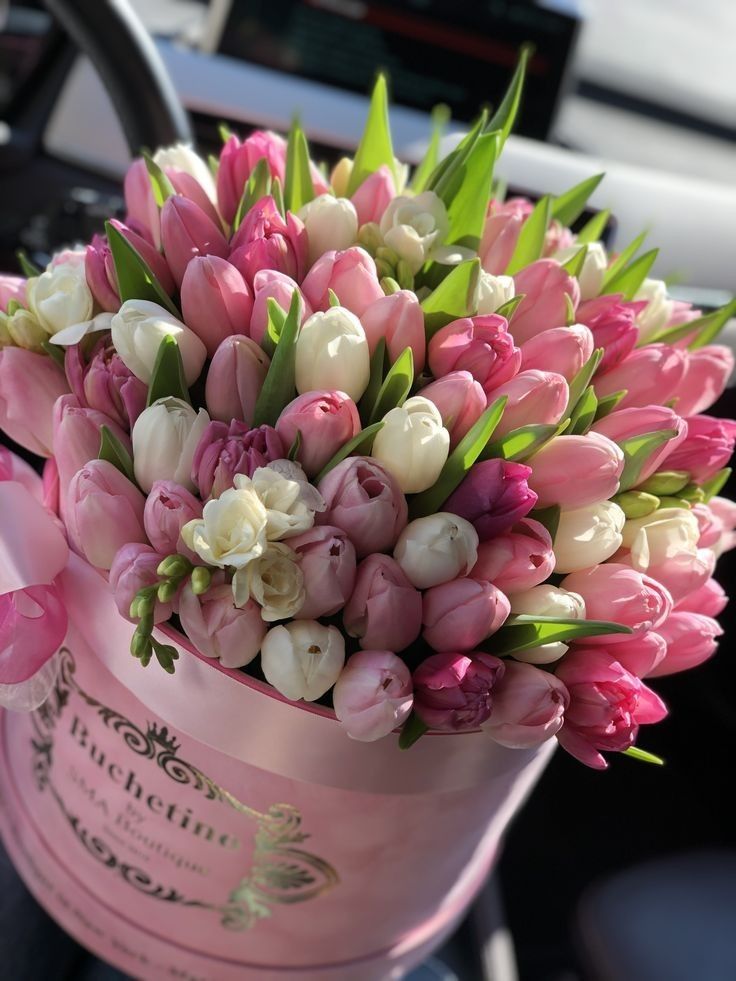
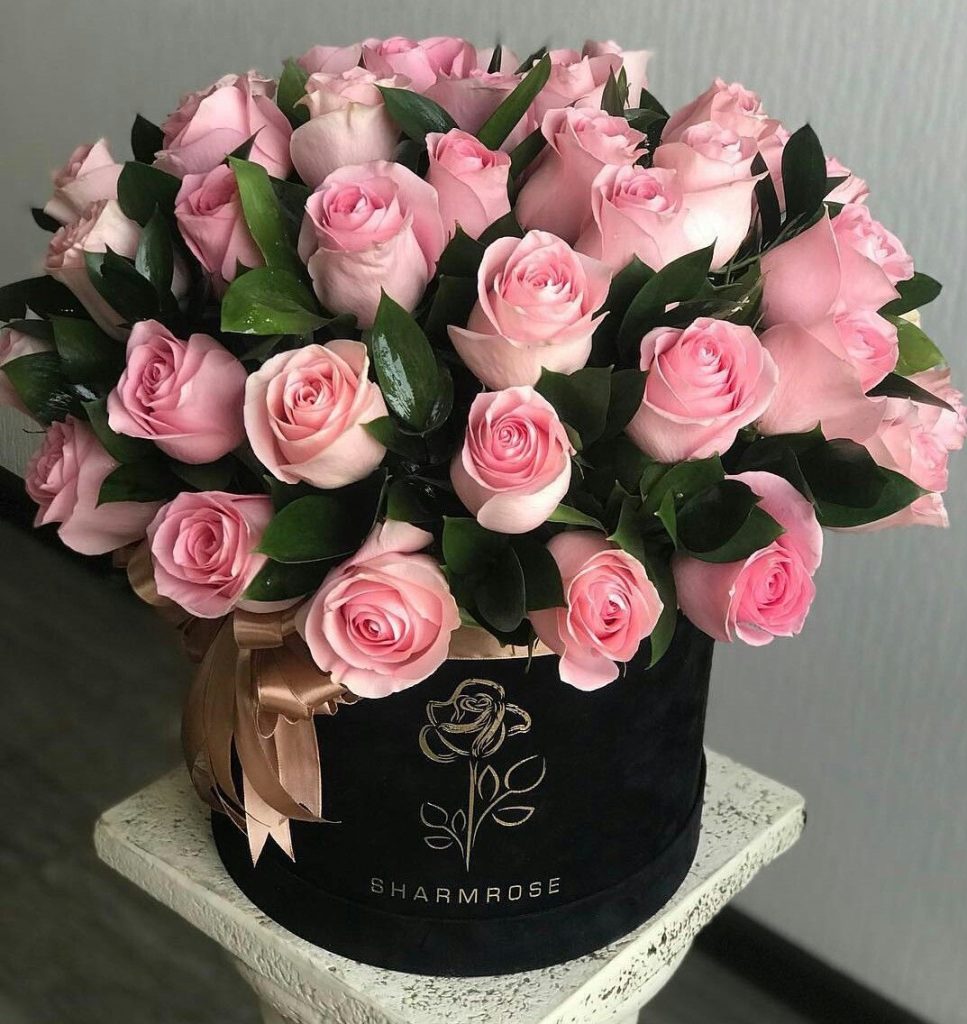
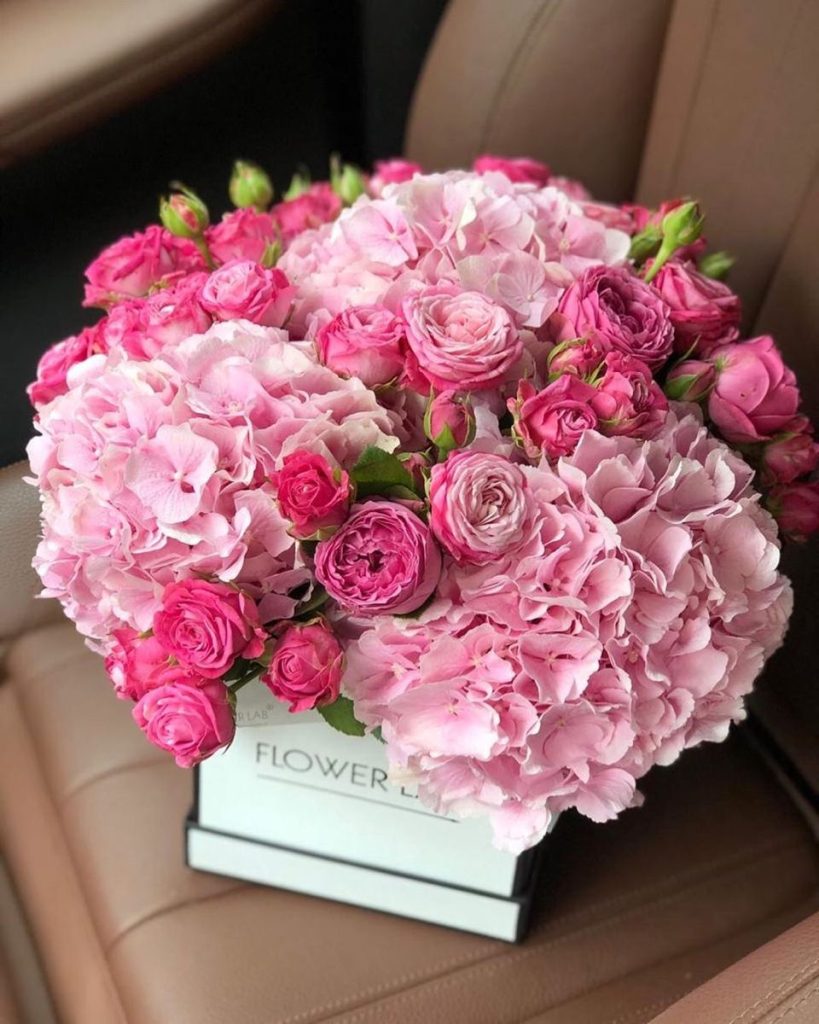
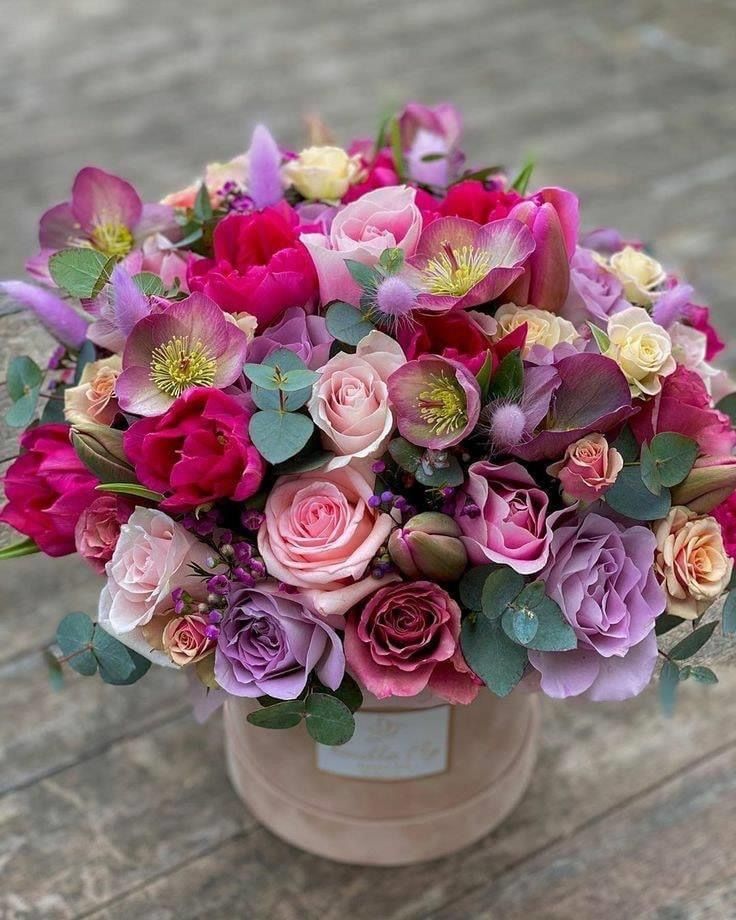
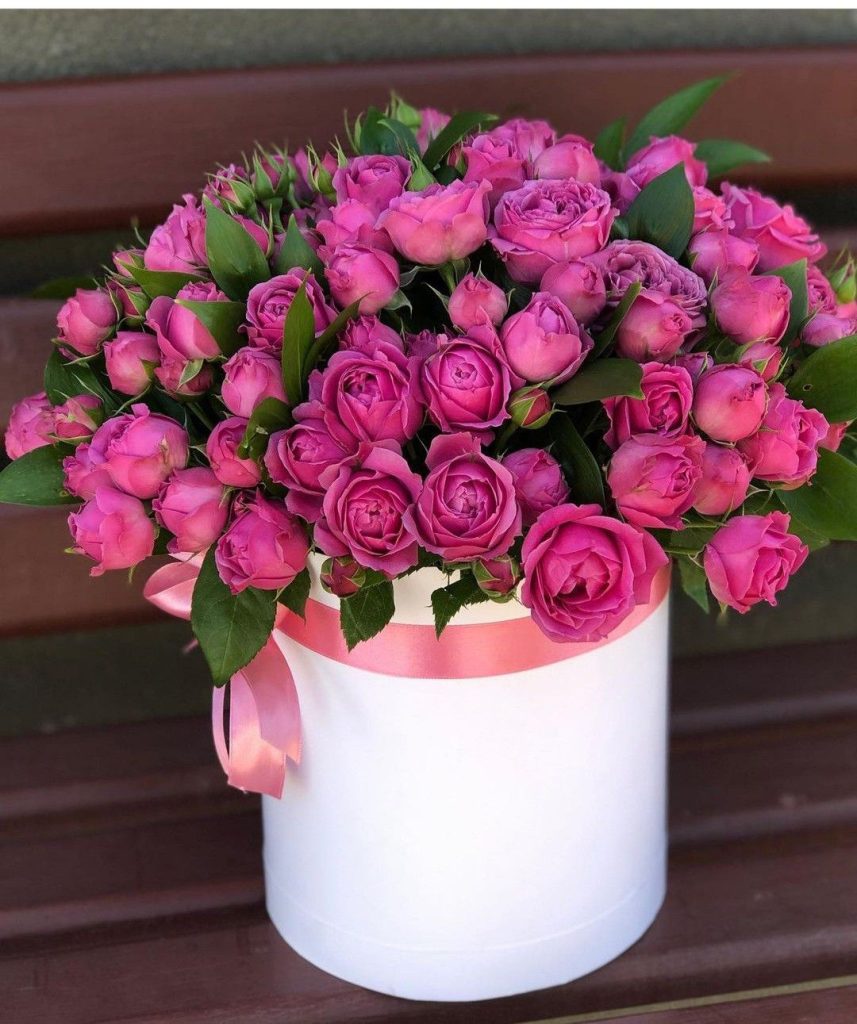
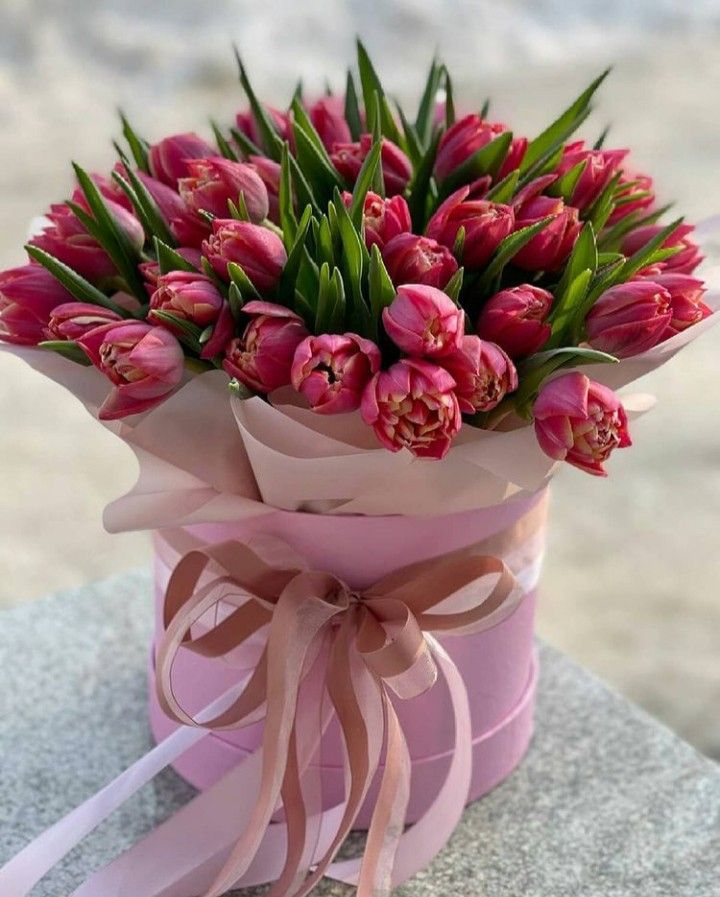
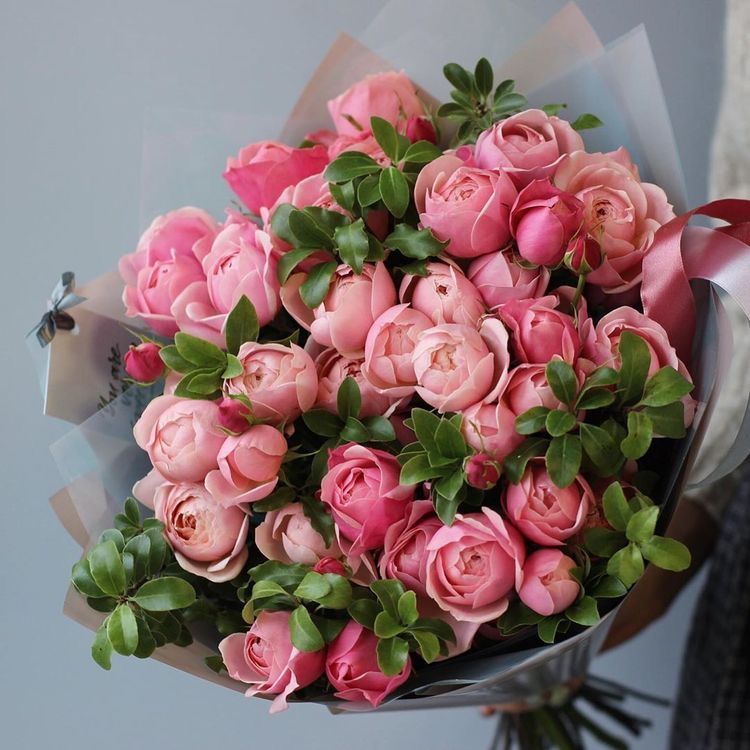
Why Attract Bees and Pollinators?
Tip: Bees and other pollinators are essential for the pollination of many flowering plants, fruits, and vegetables. By attracting them to your garden, you can increase your garden’s yield, promote biodiversity, and contribute to the overall health of the ecosystem.
Tips for Attracting Bees and Pollinators
- Plant a Variety of Flowers:
- Native Flowers: Plant a diverse range of native flowers that bloom at different times throughout the year to provide continuous food sources for bees and pollinators.
- Colorful Blooms: Choose flowers with bright colors like blue, purple, yellow, and white, as these colors are particularly attractive to bees.
- Provide Shelter and Nesting Sites:
- Bee Hotels: Install bee hotels or nesting boxes to provide shelter and nesting sites for solitary bees and other pollinators.
- Undisturbed Areas: Leave some areas of your garden undisturbed to create natural nesting sites for ground-nesting bees.
- Avoid Pesticides and Chemicals:
- Organic Gardening: Practice organic gardening methods and avoid using pesticides, herbicides, and synthetic fertilizers that can harm bees and other beneficial insects.
- Natural Pest Control: Use natural pest control methods like companion planting and beneficial insects to manage pests without harming bees.
- Provide Water Sources:
- Shallow Water: Create shallow water sources like birdbaths, saucers filled with water, or small ponds with rocks for bees and pollinators to drink from and cool off.
- Keep Water Clean: Change the water regularly to prevent mosquitoes and other pests from breeding.
- Plant Herbs and Vegetables:
- Herbs: Plant herbs like lavender, rosemary, thyme, and mint that produce fragrant flowers that bees love.
- Vegetables: Grow flowering vegetables like tomatoes, cucumbers, and squash that produce nectar and pollen for bees and other pollinators.
- Avoid Double-flowered Varieties:
- Single Flowers: Choose single-flowered varieties of plants over double-flowered ones, as they typically produce more nectar and pollen that are accessible to bees.
- Open Petals: Look for flowers with open petals that provide easy access to the nectar and pollen for bees.
Celebrate National Pollinator Week
Tip: National Pollinator Week is celebrated every June to raise awareness about the importance of pollinators and their role in our ecosystem. Consider organizing events or activities in your community to promote bee-friendly gardening practices and educate others about the importance of bees and other pollinators.
Conclusion
Attracting bees and other pollinators to your garden is a rewarding and fulfilling experience that benefits both your garden and the environment. By following these tips for planting a variety of flowers, providing shelter and nesting sites, avoiding pesticides and chemicals, offering water sources, and choosing the right plants, you can create a bee-friendly garden that supports these essential creatures.
Remember, every bee-friendly garden makes a difference in supporting bee populations and ensuring the pollination of our food crops. So, roll up your sleeves, grab your gardening tools, and start creating a welcoming haven for bees and pollinators in your own backyard. Happy gardening!